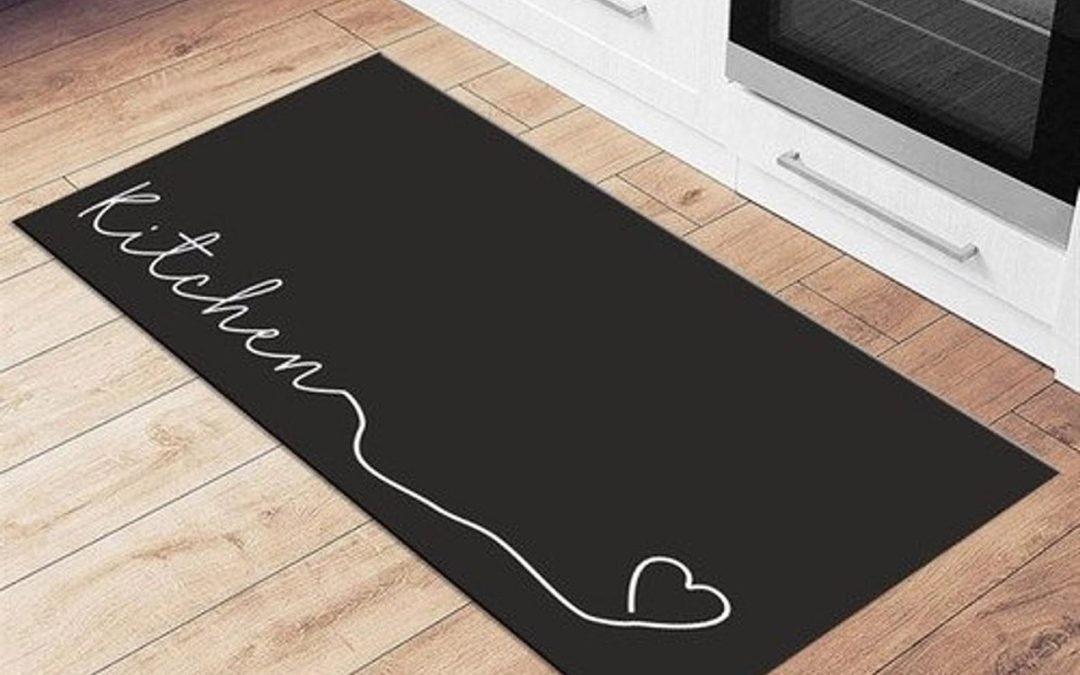Kitchen mats are a common feature in most kitchens as they help to keep the floors clean, dry, and safe. However, like any other piece of fabric, kitchen mats also require regular cleaning to maintain their appearance, hygiene, and effectiveness. Here are some guidelines on how to wash kitchen mats effectively:
Read the care label:
Before washing your kitchen mat, check the care label to see if there are any specific washing instructions or recommendations. Some mats are machine washable, while others require hand washing or spot cleaning.
Shake off loose debris:
Before washing, shake off any loose debris, dirt, or food particles from the mat. You can also vacuum the mat to remove any embedded dirt or debris.
Pre-treat stains:
If your kitchen mat has any stains or spills, pre-treat them before washing. Use a stain remover or a mixture of water and dish soap to remove the stains. Let the solution sit for a few minutes before wiping it off with a clean cloth.
Machine wash:
If your kitchen mat is machine washable, place it in the washing machine with a mild detergent. Use a gentle cycle with cold water to avoid damaging the fibers. Avoid using bleach or fabric softeners as they can damage the mat’s texture and color.
Hand wash:
If your kitchen mat is not machine washable, you can hand wash it using a basin of cold water and mild detergent. Use a soft brush or sponge to gently scrub the mat, paying attention to any stained areas. Rinse the mat thoroughly with cold water and hang it to dry.
Dry properly:
After washing, hang the mat to dry in a well-ventilated area. Avoid exposing it to direct sunlight or heat as this can cause the mat to shrink or fade. Once the mat is dry, shake it off to fluff the fibers.
Clean regularly:
To keep your kitchen mat clean and hygienic, clean it regularly. Sweep or vacuum the mat daily to remove any loose debris or dirt. Spot clean any spills or stains as soon as they occur to prevent them from setting in.
Replace when necessary:
Even with regular cleaning, kitchen mats can wear out over time. Replace your mat when you notice signs of wear and tear, such as fraying, fading, or a loss of grip.Wash Kitchen Mats
In conclusion, washing your kitchen mats regularly is essential to maintain their appearance, hygiene, and effectiveness. Follow the above guidelines to clean your kitchen mats effectively and prolong their lifespan. Remember to always read the care label and follow any specific washing instructions or recommendations.

